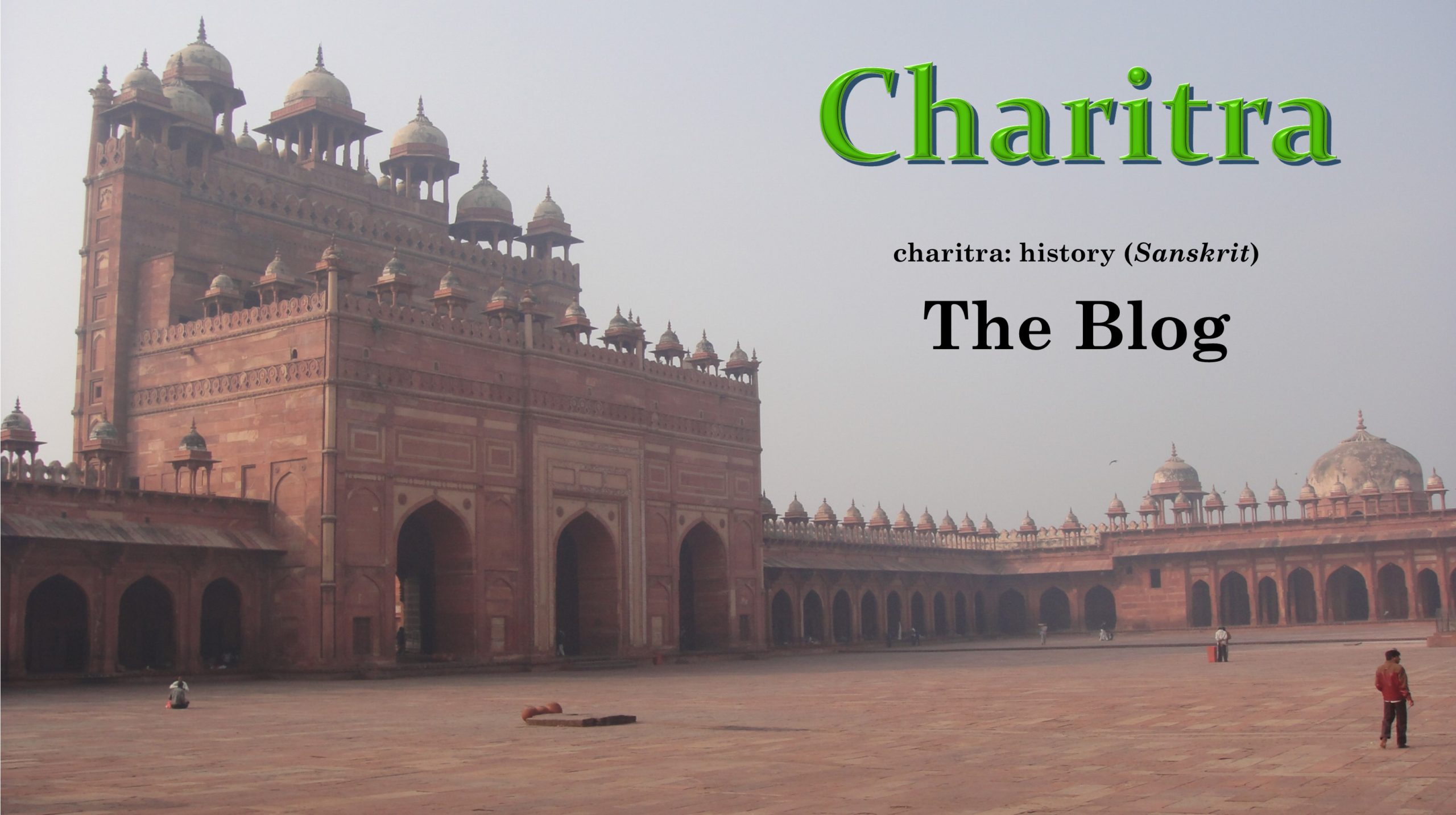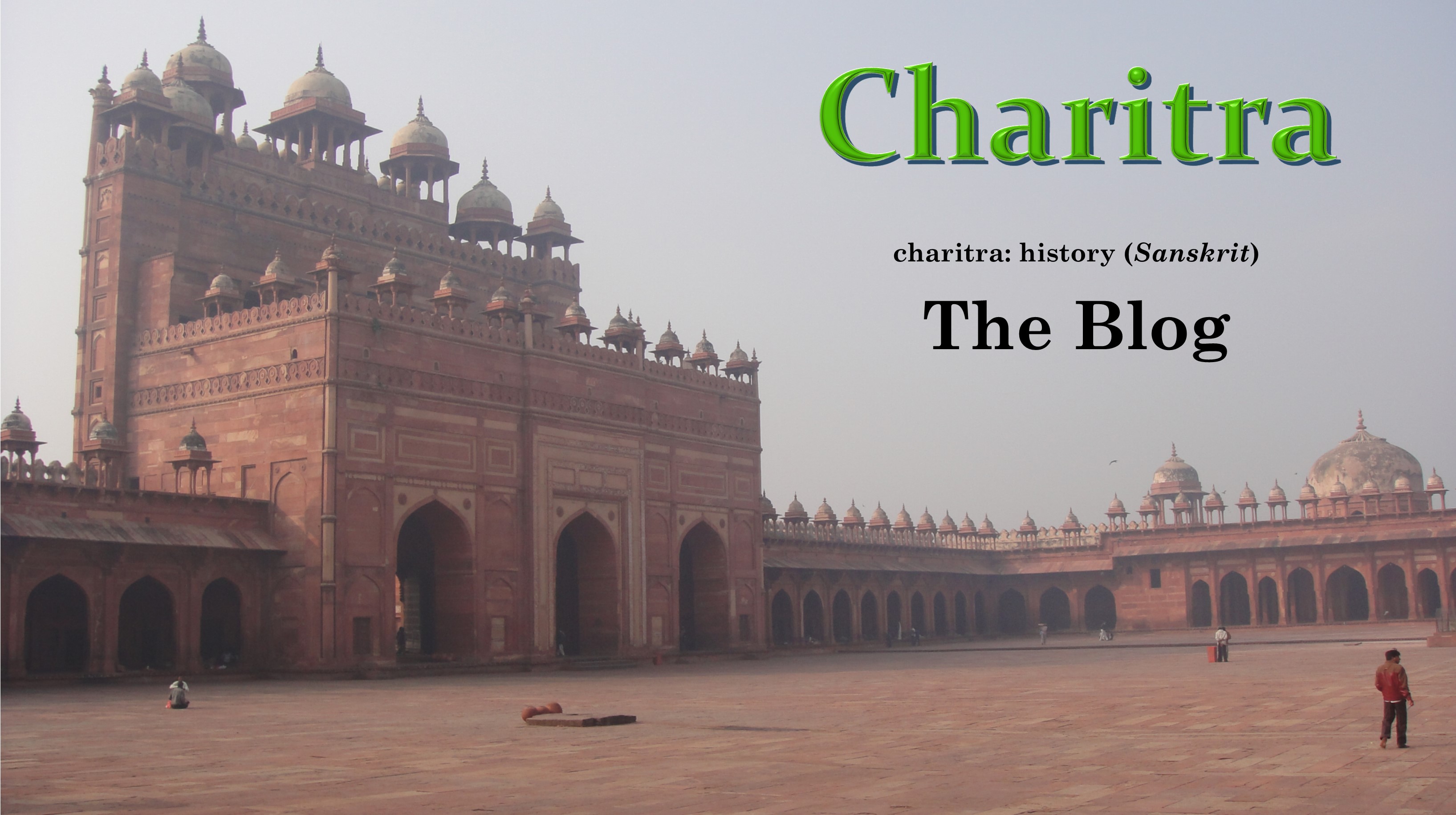We just left the thriving Chola dynasty of ancient India extinguished at the end of the 4th Century CE. All of a sudden, and with no seeming explanation.
And then, for three centuries there was nothing out of southern India. It was as though entire existence had been wiped out. Because there’s nothing to tell us of which dynasties ruled, who they fought, who they married, what they built, or whom they patronized.
By the 6th Century, one of the other kingdoms of ancient India (who had ruled alongside the Early Cholas) emerged in power, along with another two.
And, still, no Cholas.
Continue Reading


